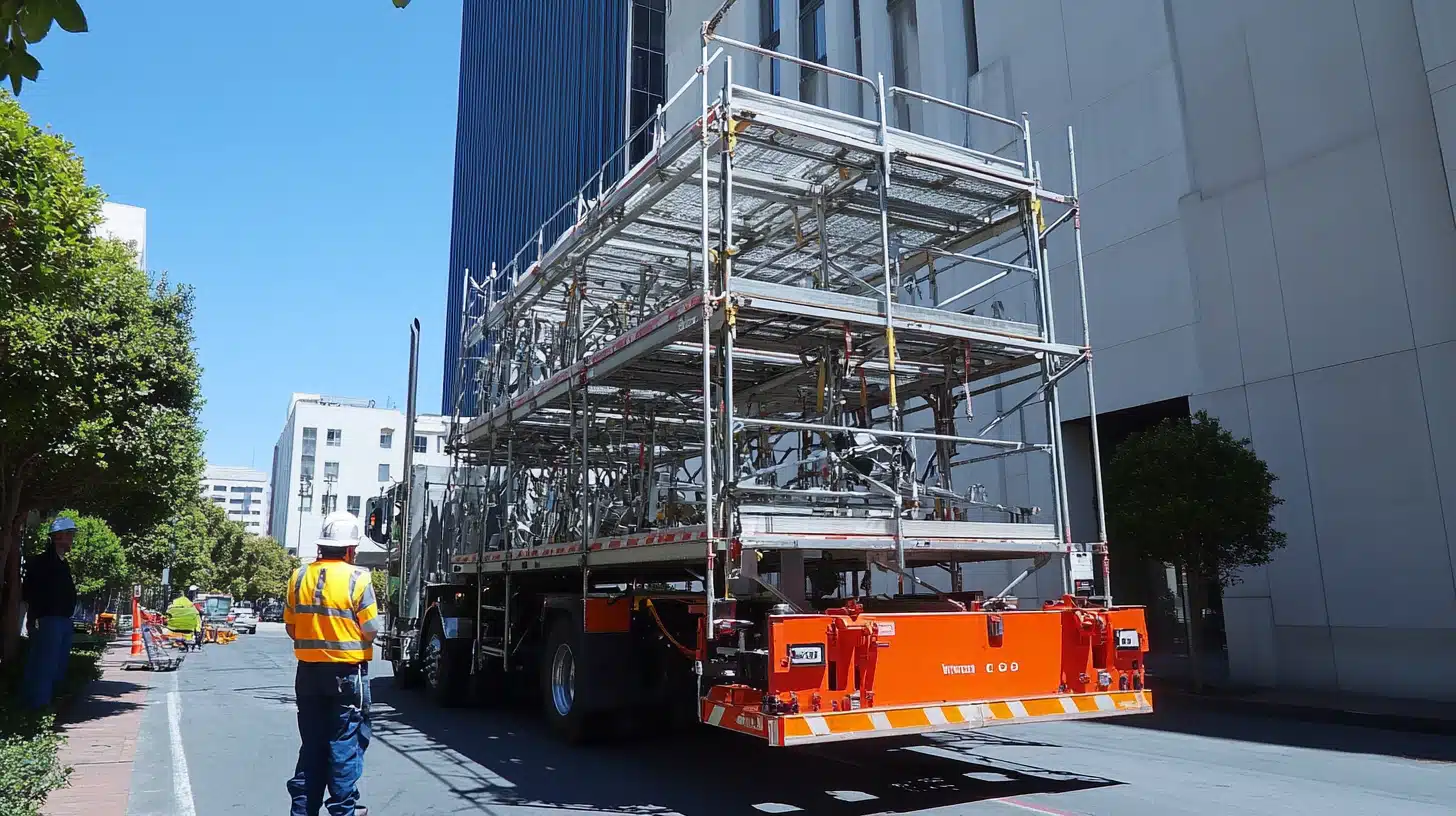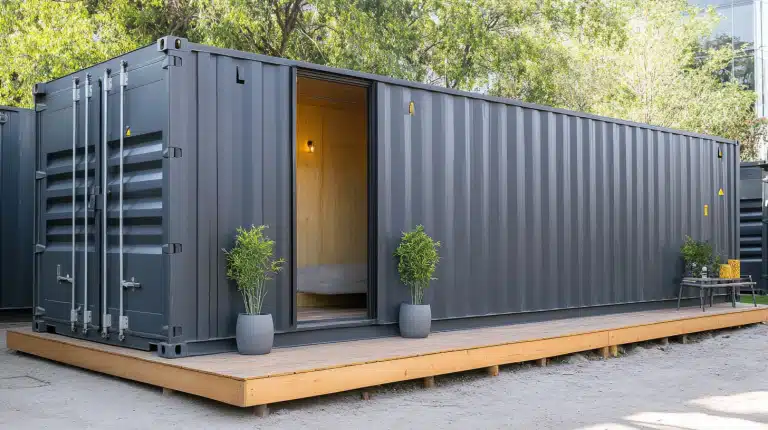Understanding Mobile Scaffold Speed Regulations
Mobile scaffolds are essential tools in construction and maintenance work, offering flexibility and convenience. However, their movement speed must be carefully regulated to ensure safety and efficiency.
In mobile scaffold Melbourne work environments, understanding speed limits is crucial for preventing accidents and ensuring compliance with workplace safety regulations.
Why Speed Limits Matter for Mobile Scaffolds
Mobile scaffolds are designed to be moved with ease, but excessive speed during movement can lead to serious hazards, including:
Instability and Tipping Risks – Moving a scaffold too fast increases the risk of tipping, especially when loaded with materials or personnel.
Worker Safety Concerns – Fast movement can cause sudden jolts, making it difficult for workers to maintain balance.
Structural Damage – Excessive speed can cause unnecessary strain on scaffold components, reducing their lifespan and integrity.
Legal Compliance Issues – In regions like Melbourne, workplace safety authorities set guidelines to regulate scaffold movement to prevent workplace incidents.
Factors Affecting Mobile Scaffold Movement Speed
Several factors influence the safe movement speed of a mobile scaffold Melbourne site:
1. Ground Surface and Condition
A smooth, level surface allows for safer movement. Uneven or sloped surfaces increase the risk of tipping or sudden stops. Wet or slippery floors demand even slower movement to avoid accidents.
2. Scaffold Load and Height
The higher the scaffold, the more unstable it becomes when moving. Heavy loads increase the centre of gravity, making the structure more prone to tipping. Reducing speed helps maintain control and stability when relocating the scaffold.
3. Worker Presence on the Scaffold
Mobile scaffolds should never be moved while workers are on them. Even at low speeds, movement can cause falls or injuries.
4. Caster Wheel Quality and Braking System
High-quality wheels provide smoother movement. Brakes should be engaged before workers ascend the scaffold.
Regular maintenance of wheels and brakes ensures safe mobility.
Recommended Speed Limits for Mobile Scaffolds
While there is no universally fixed speed limit for mobile scaffold movement, industry guidelines suggest:
- Walking speed or slower – Movement should be controlled and gradual.
- Maximum speed of 1.5 km/h – This is equivalent to a slow walking pace.
- Stopping immediately if instability is noticed – Any sign of wobbling or tilting requires an immediate halt.
In mobile scaffold Melbourne construction sites, adhering to these recommendations prevents workplace injuries and damage to equipment.
Best Practices for Moving Mobile Scaffolds Safely
To ensure the safe movement of mobile scaffolds, follow these best practices:
1. Conduct a Pre-Movement Inspection
Check that all components are secure. Ensure wheels and brakes are functional. Verify that the scaffold is free from excessive weight.
2. Maintain a Controlled Speed
Always move the scaffold at a slow, steady pace. Avoid sudden stops or jerky movements. Never push the scaffold forcefully or at an angle.
3. Clear the Pathway
Remove any obstacles or debris in the path. Ensure there is adequate space for maneuvering. Avoid narrow passages or congested areas.
4. Use Proper Handling Techniques
Assign trained personnel to move the scaffold. Use both hands to guide the scaffold in a controlled manner. Keep a firm stance to apply force evenly and prevent tilting.
5. Follow Manufacturer Guidelines
Each scaffold model has specific mobility instructions. Refer to the user manual for weight and movement limitations. Legal Considerations for Mobile Scaffold Movement in Melbourne
In Melbourne, regulatory bodies such as WorkSafe Victoria set strict guidelines for scaffolding safety. These regulations include:
- Prohibiting movement with workers on the scaffold
- Ensuring all casters have locking mechanisms
- Restricting movement to safe, controlled speeds
- Requiring proper training for workers handling mobile scaffolds
Failing to adhere to these rules can result in legal penalties and workplace injuries. Compliance with safety regulations ensures a secure and efficient work site.
Understanding the movement speed limits of mobile scaffold Melbourne construction sites is essential for workplace safety. Excessive speed can lead to instability, worker injuries, and equipment damage.
By adhering to recommended guidelines of GW Equip, conducting proper inspections, and following best practices, businesses can ensure safe and efficient scaffold mobility. Always prioritize safety over speed to maintain a hazard-free work environment.







